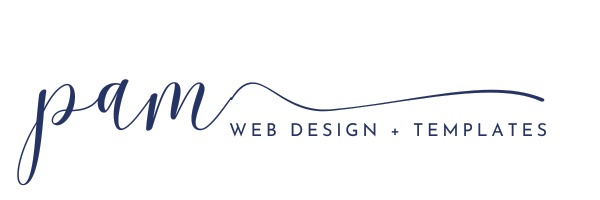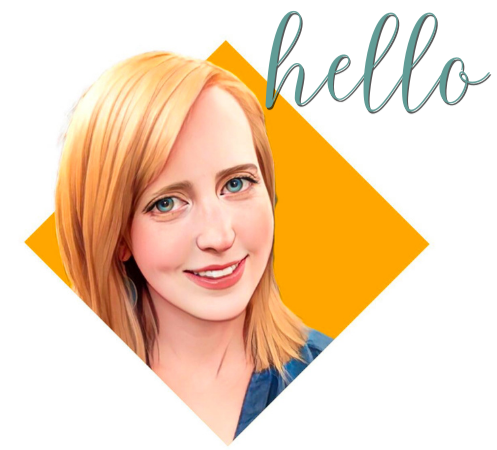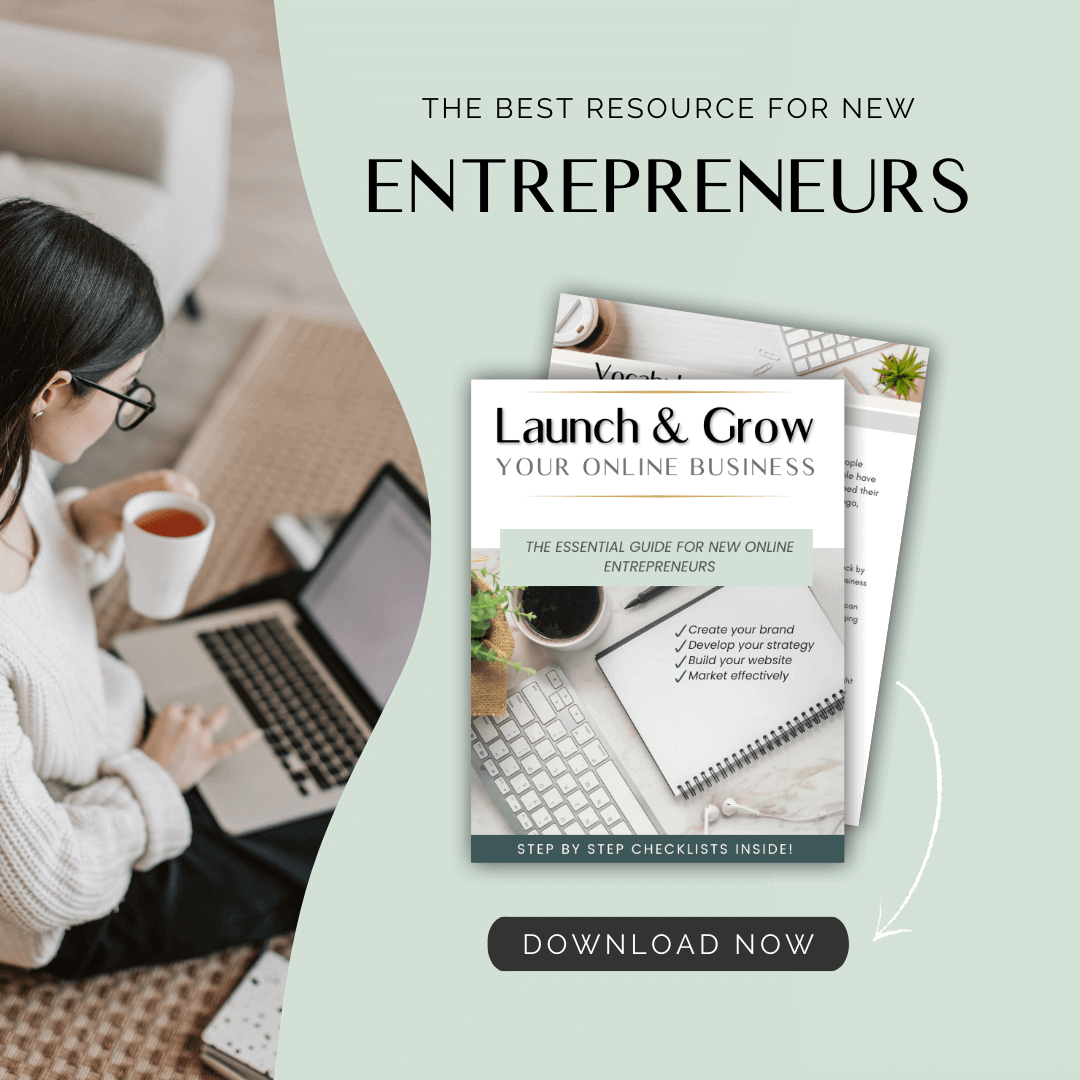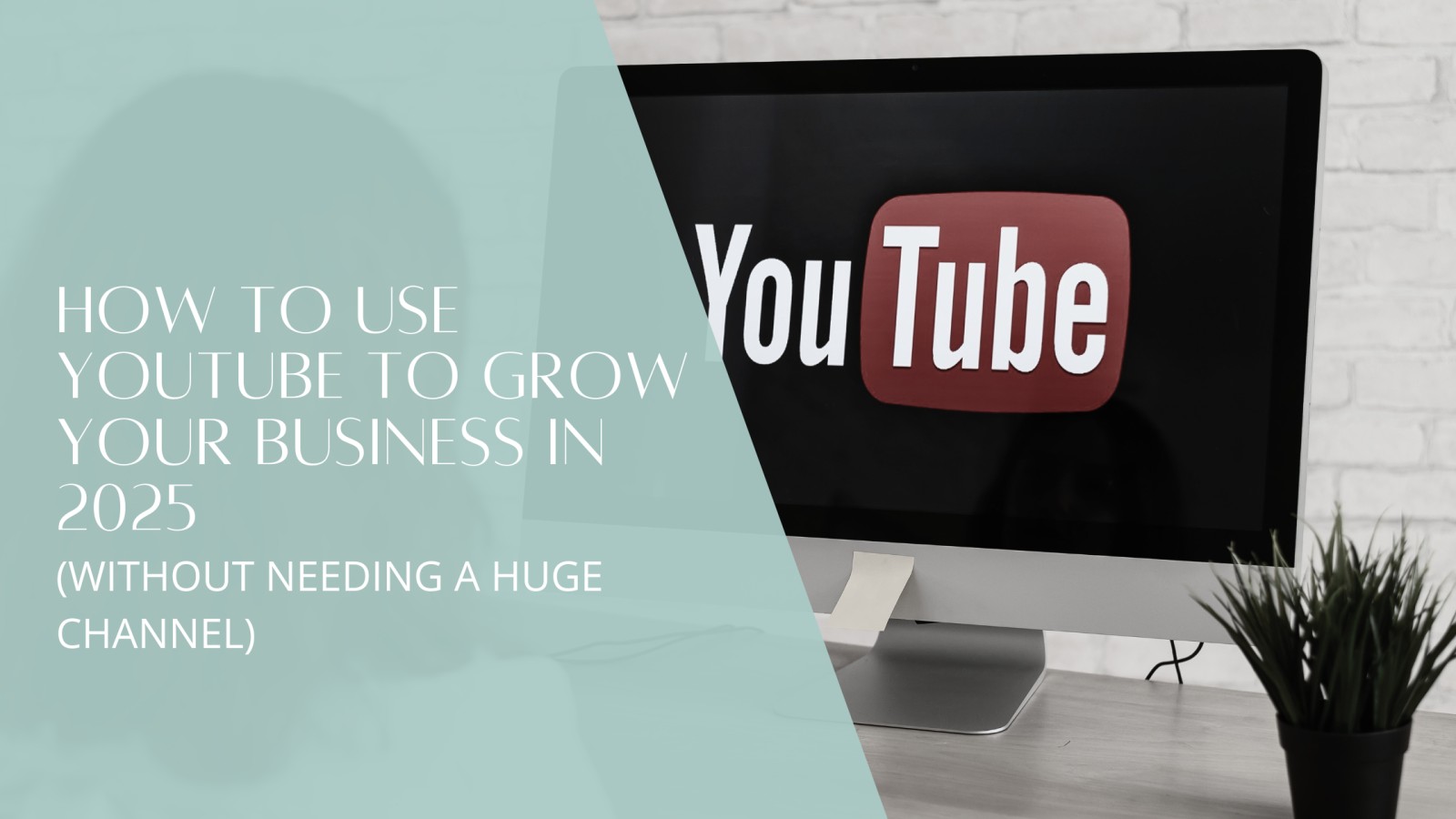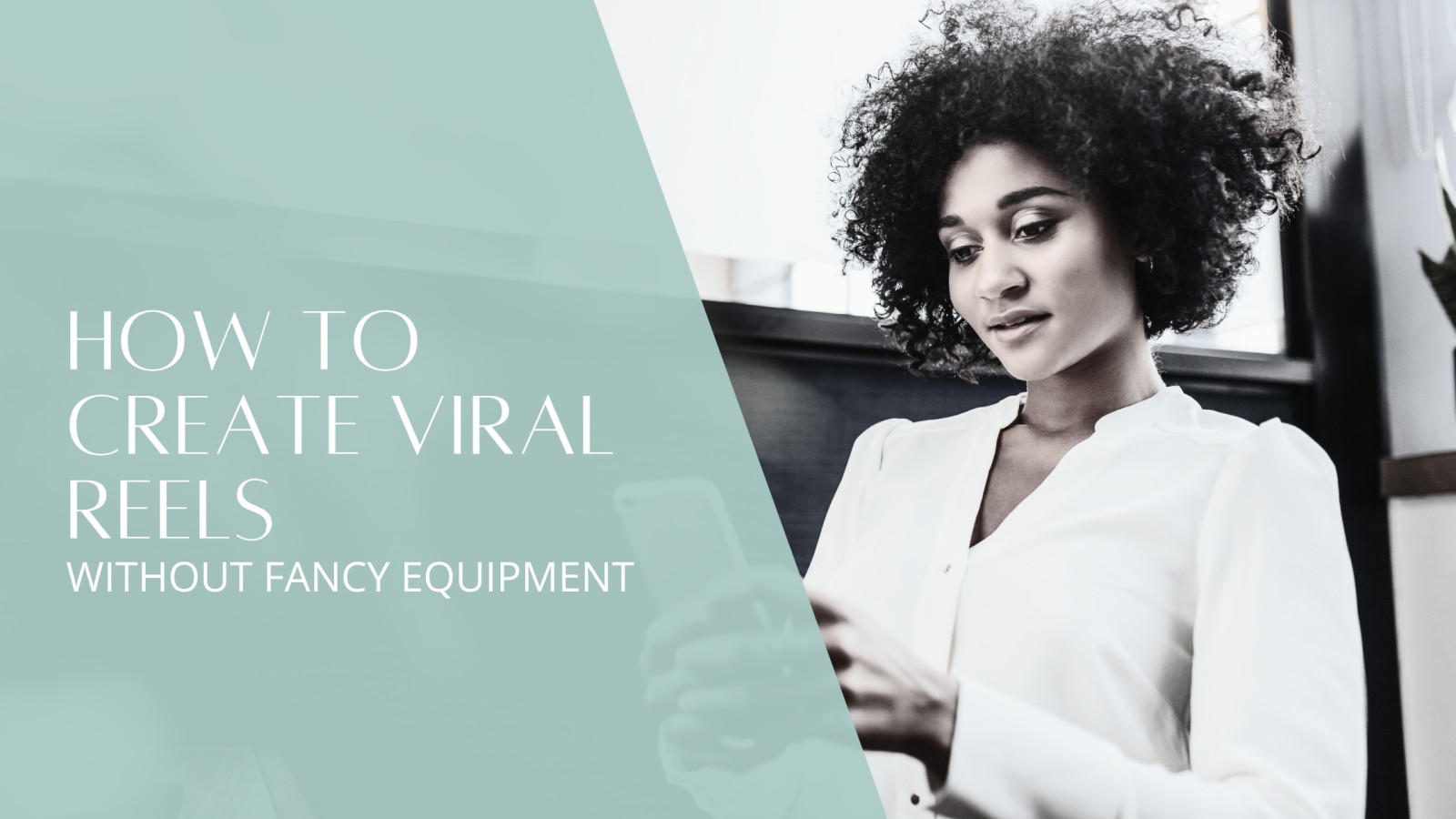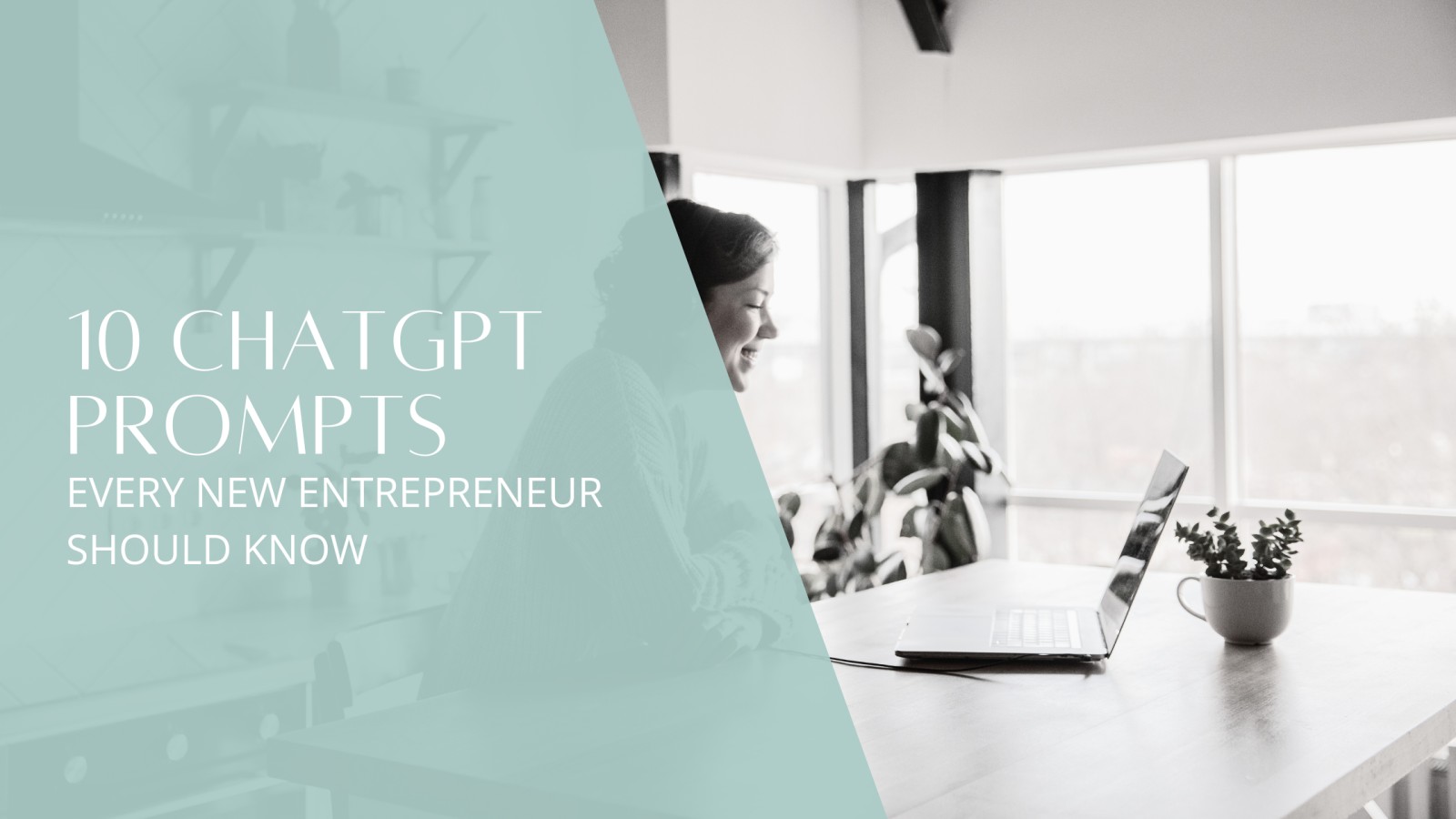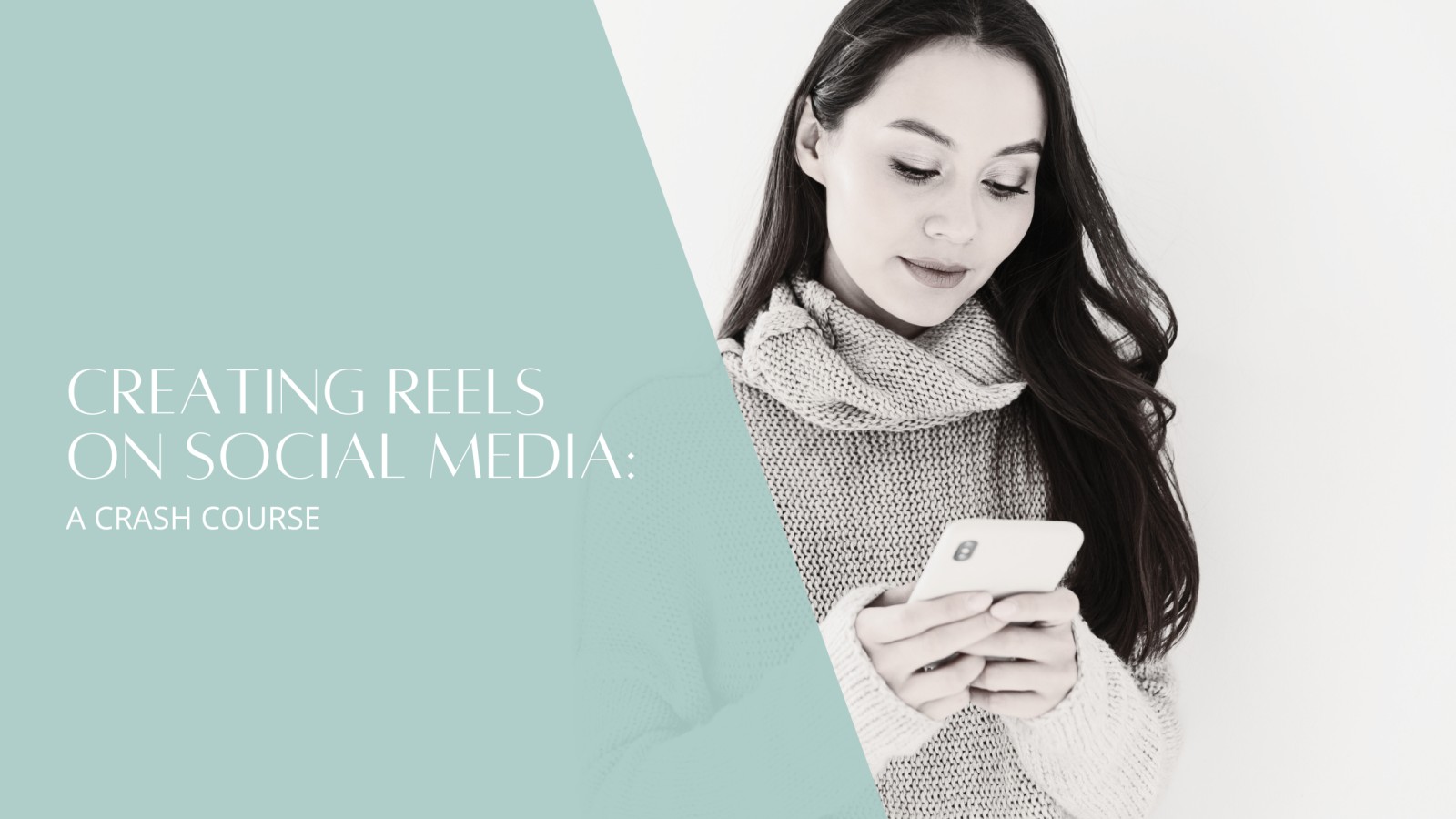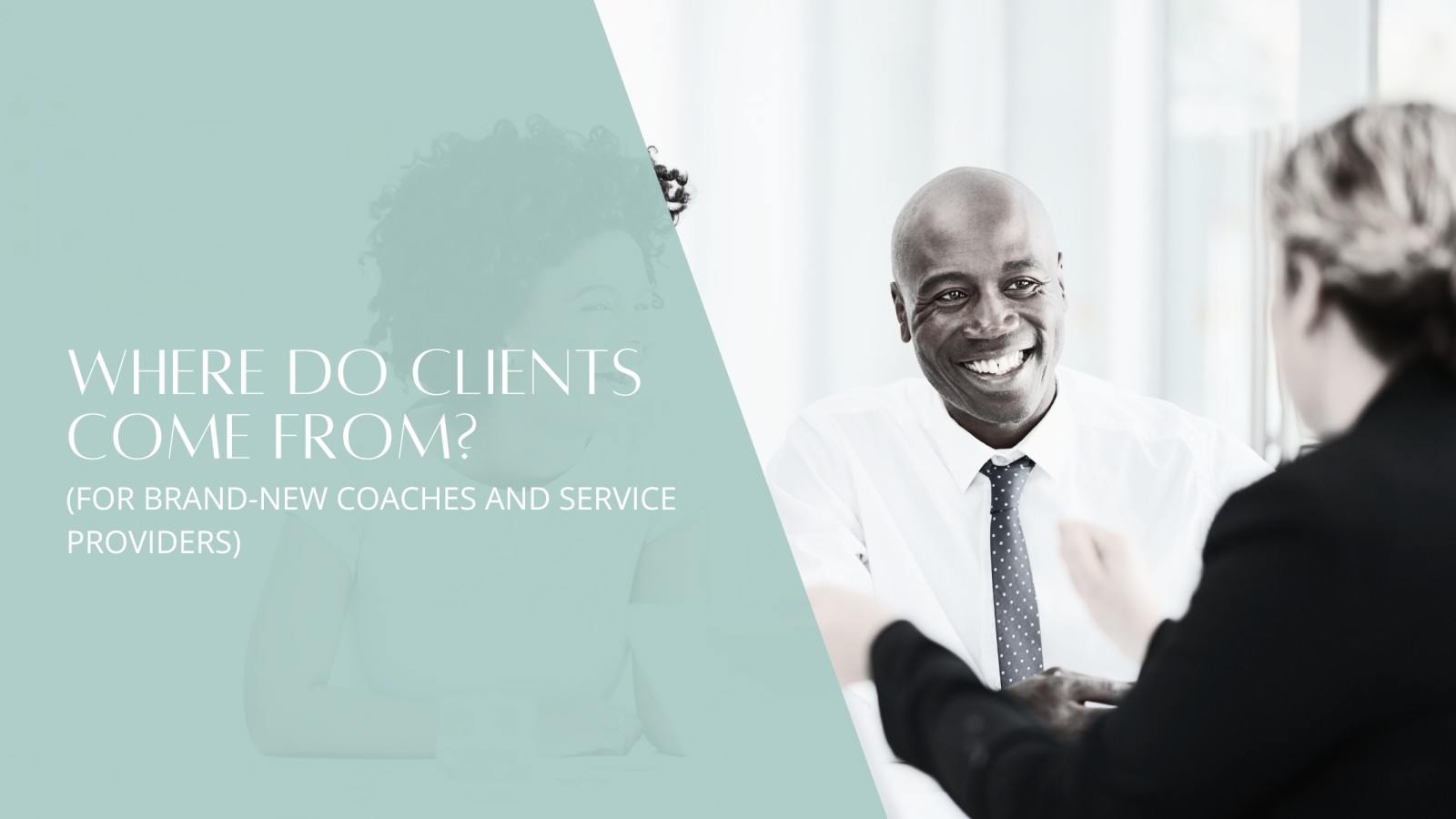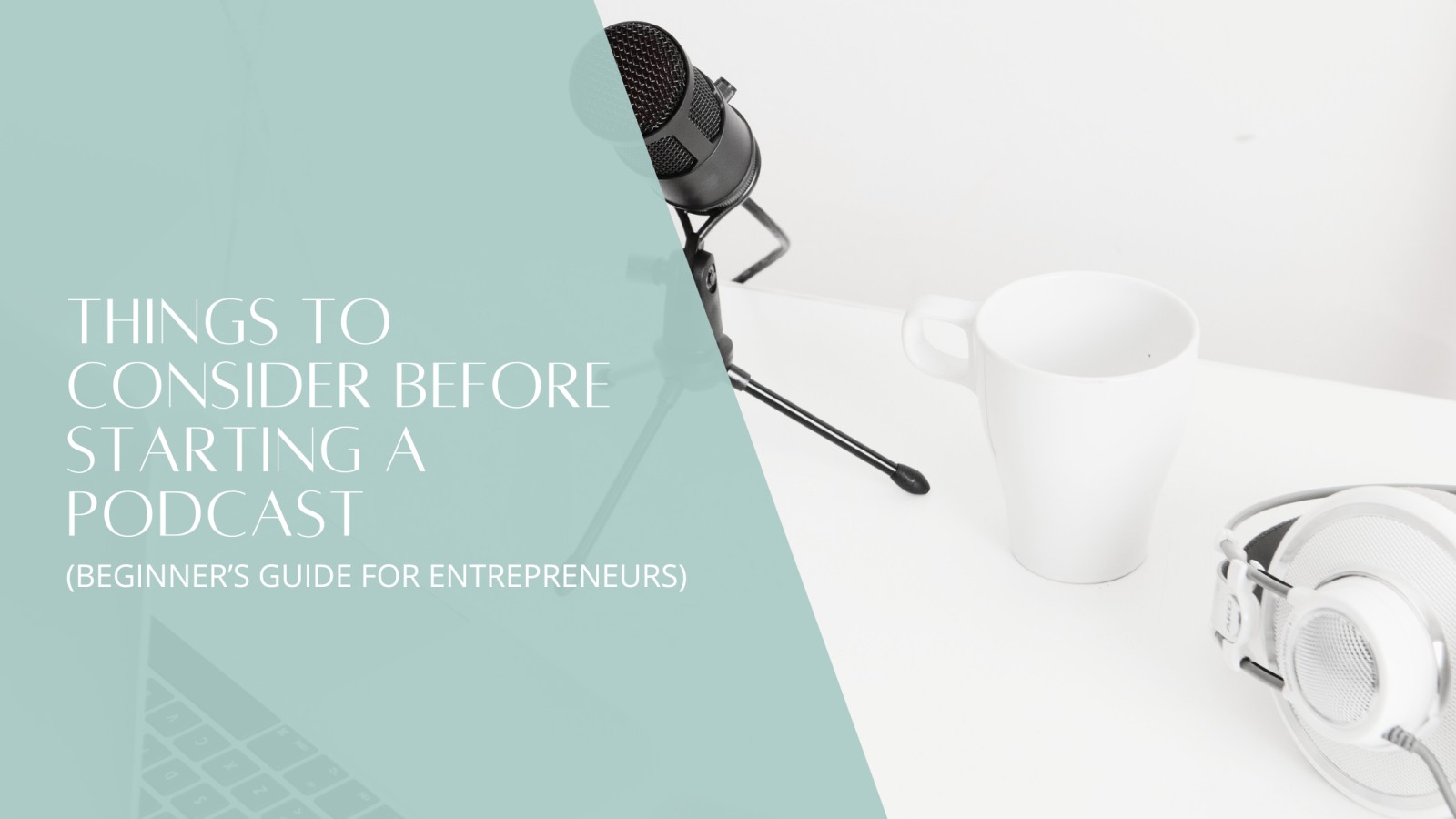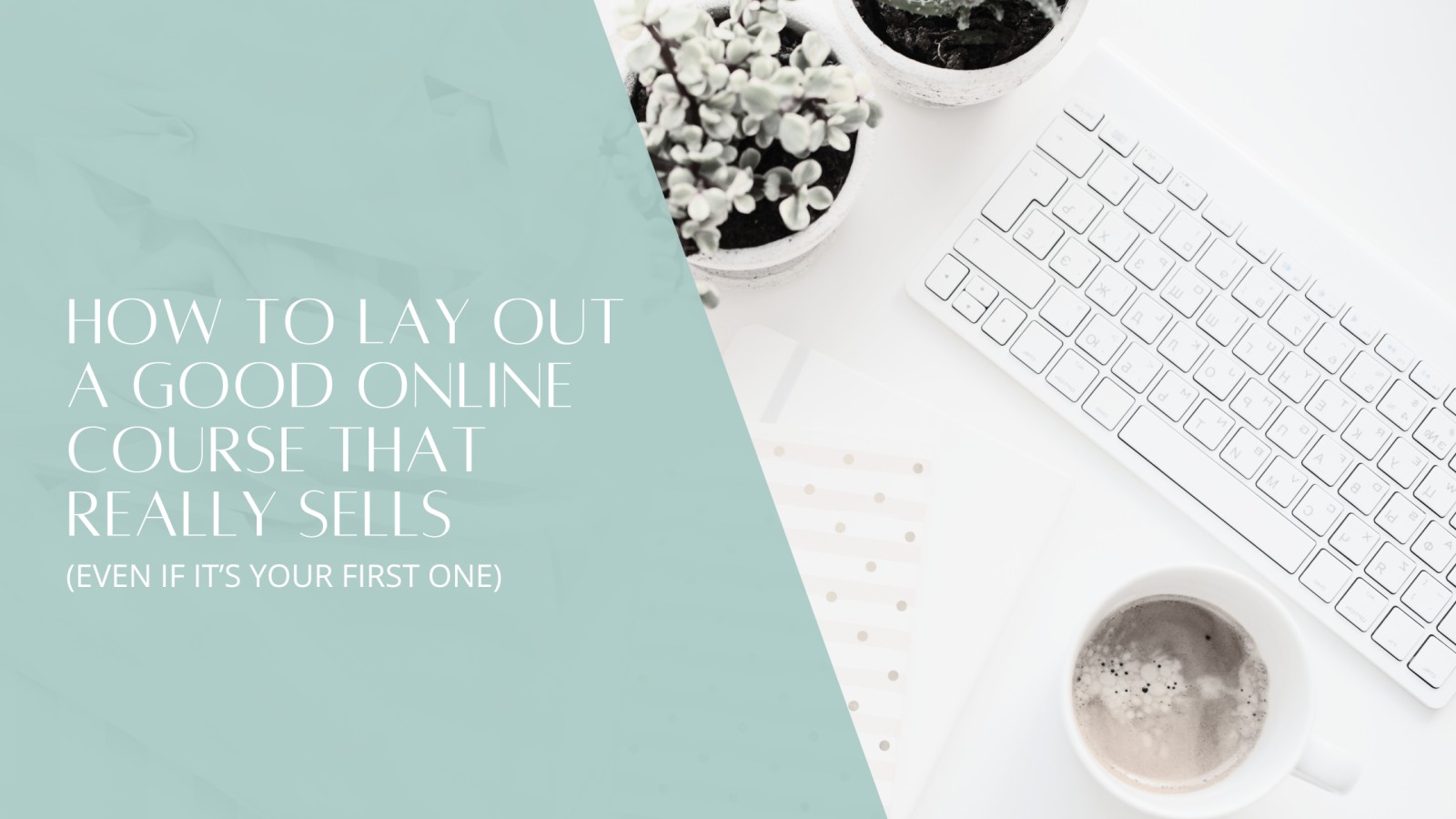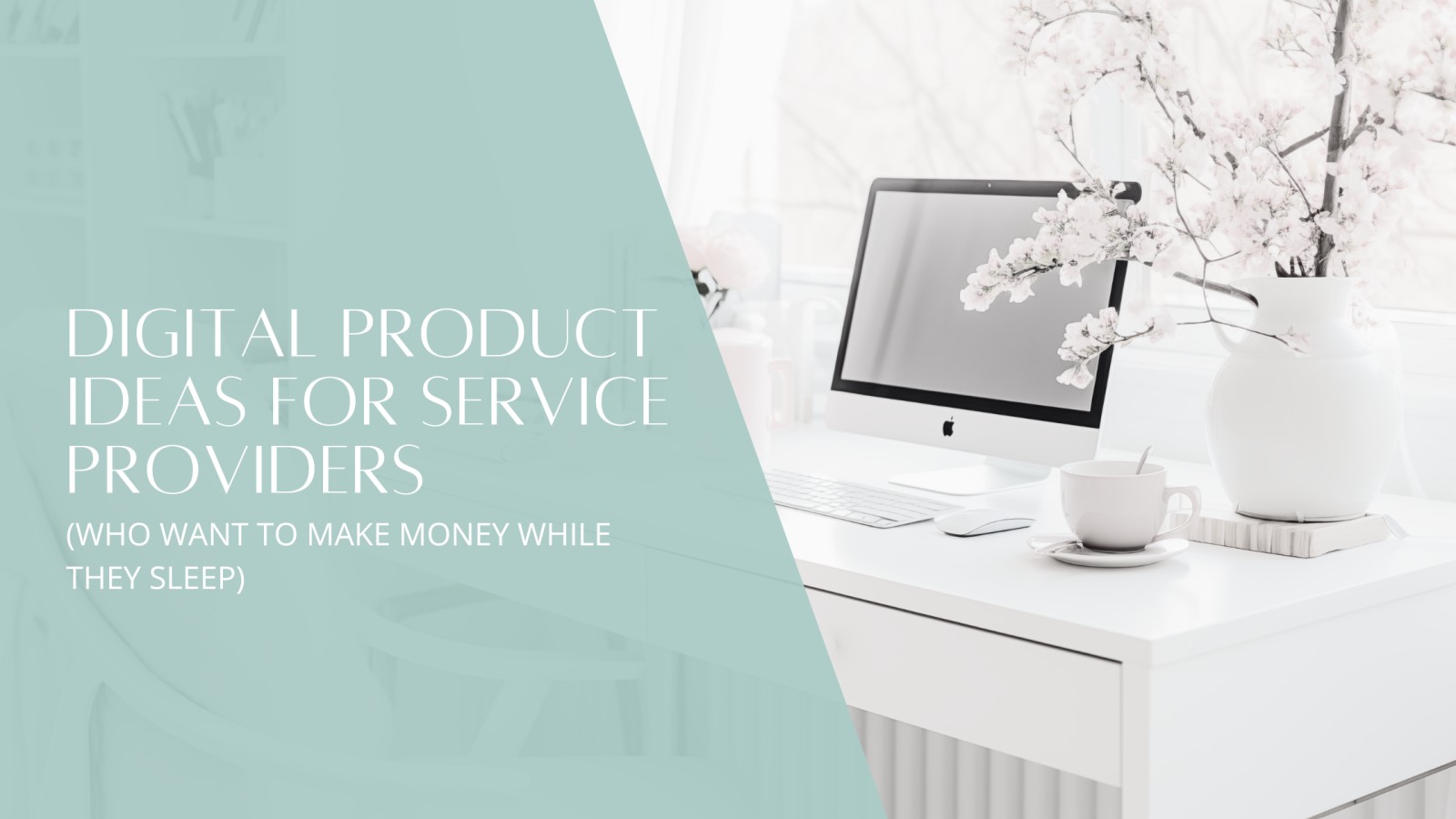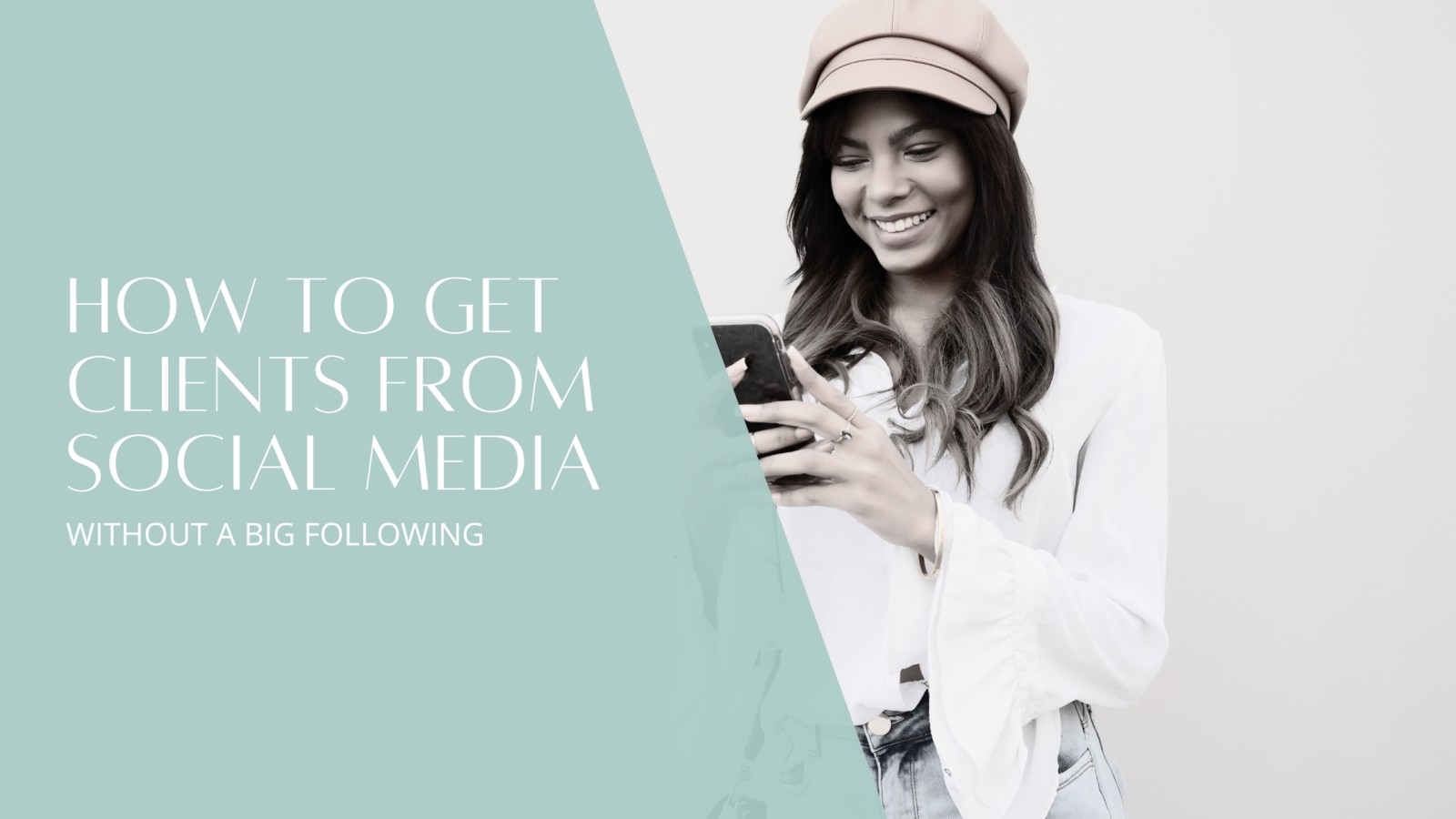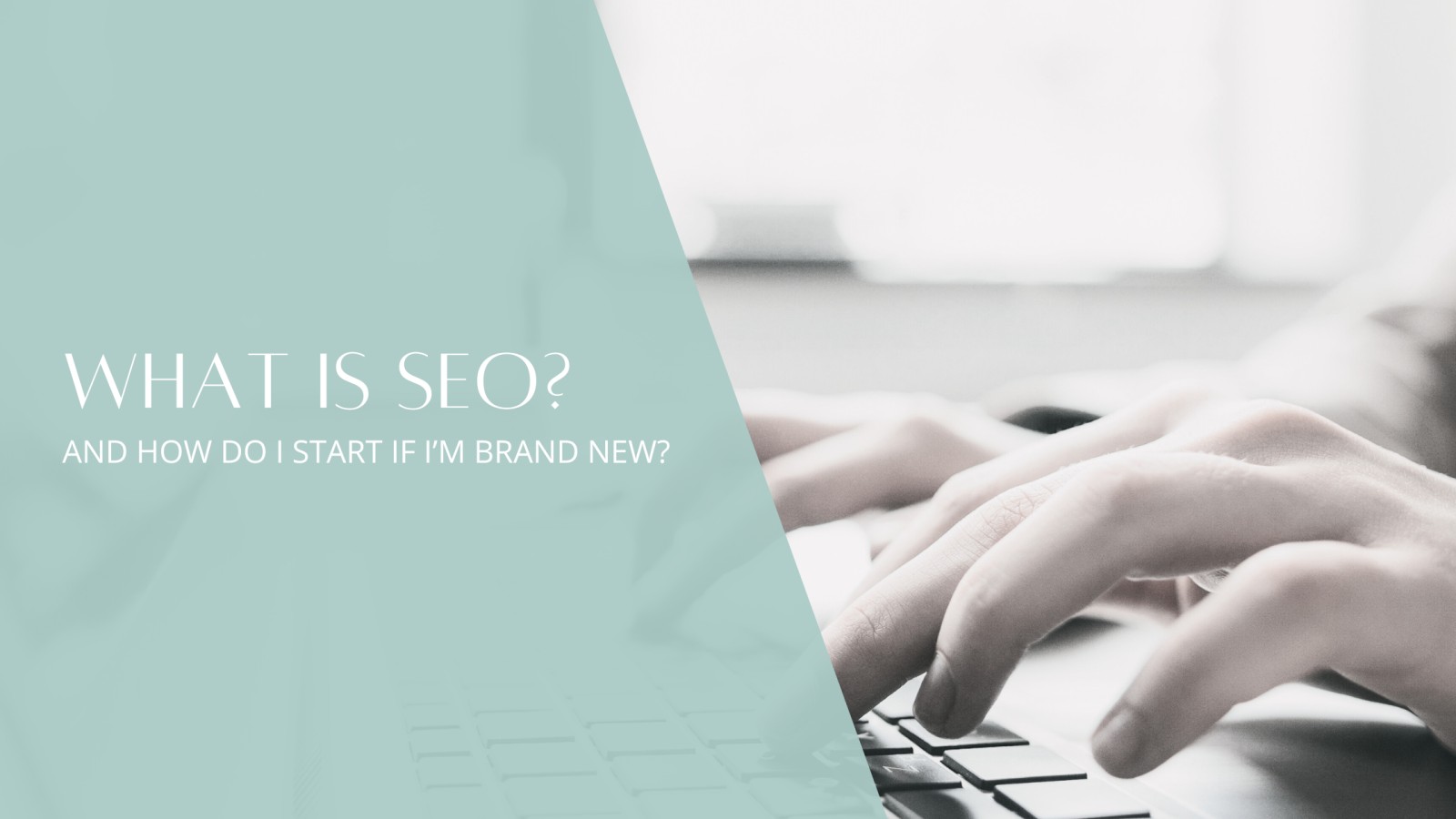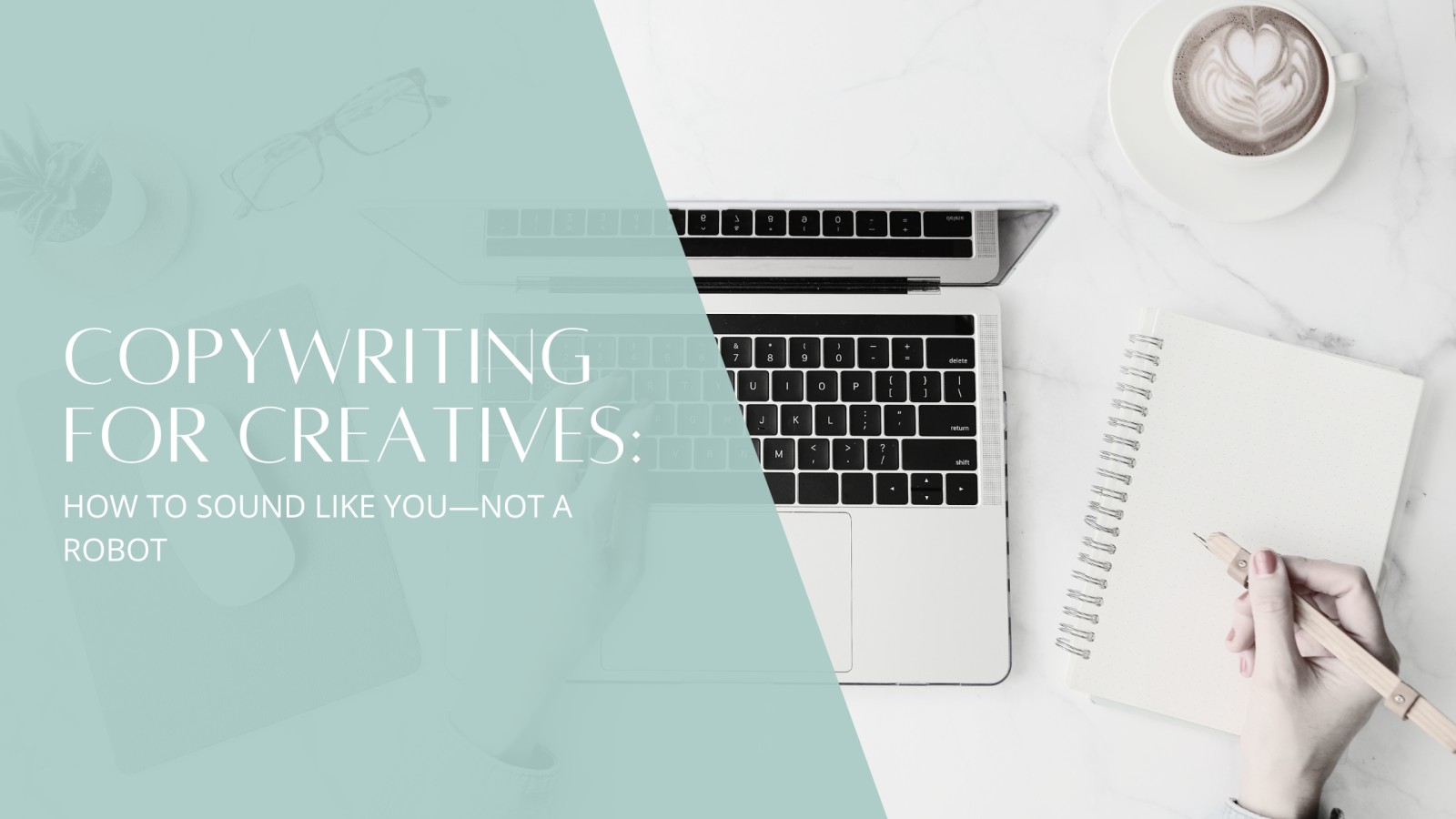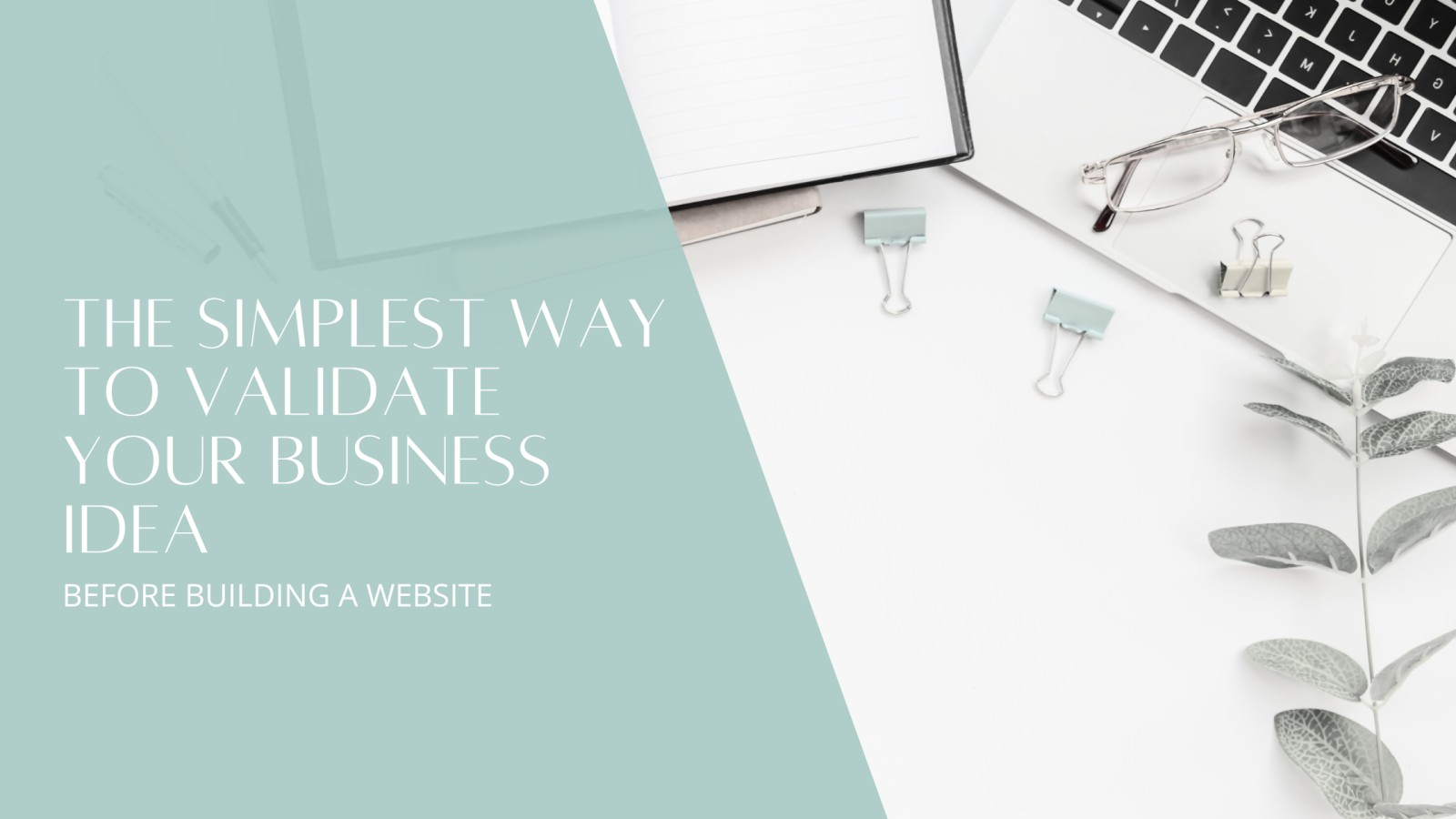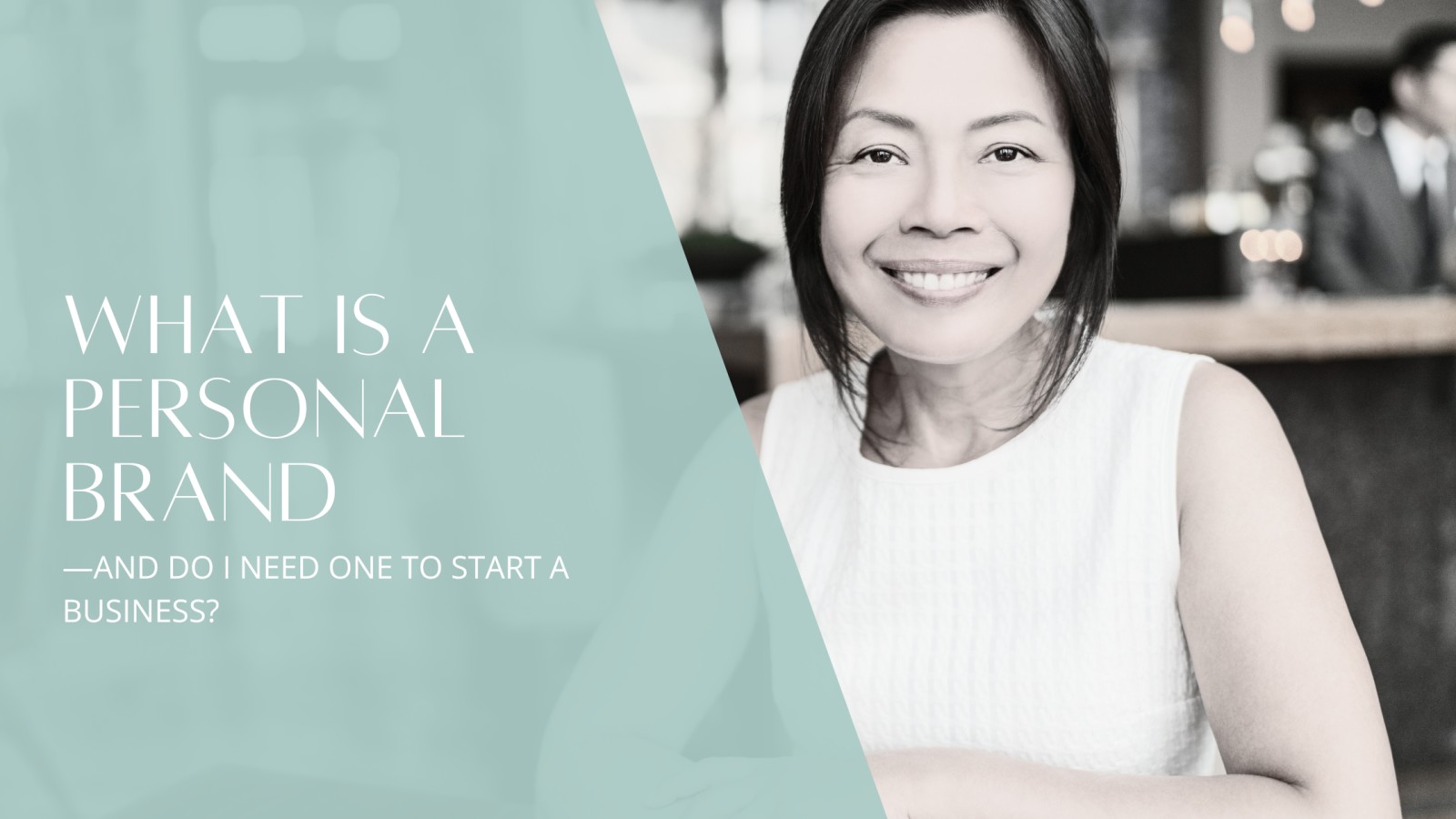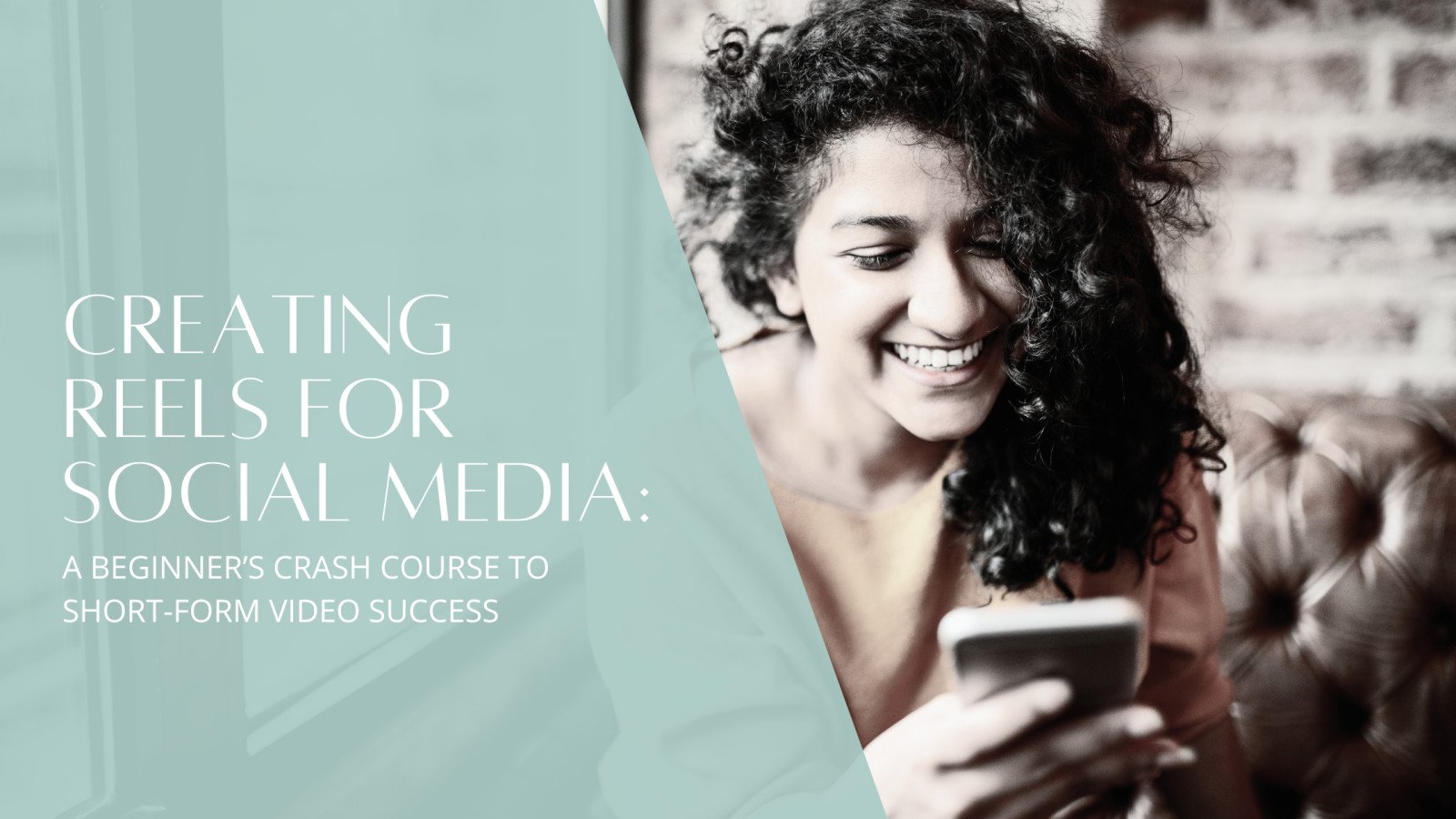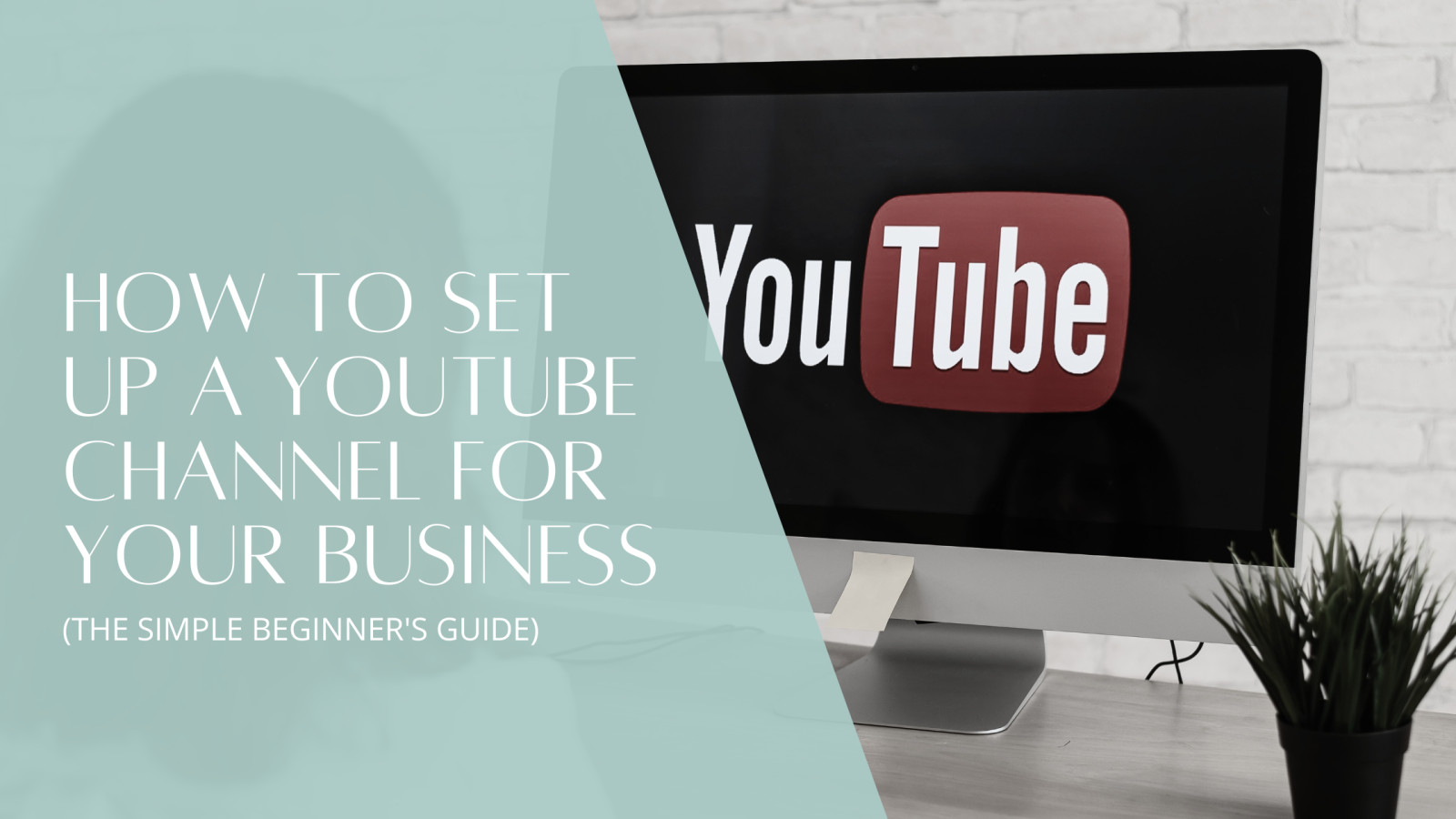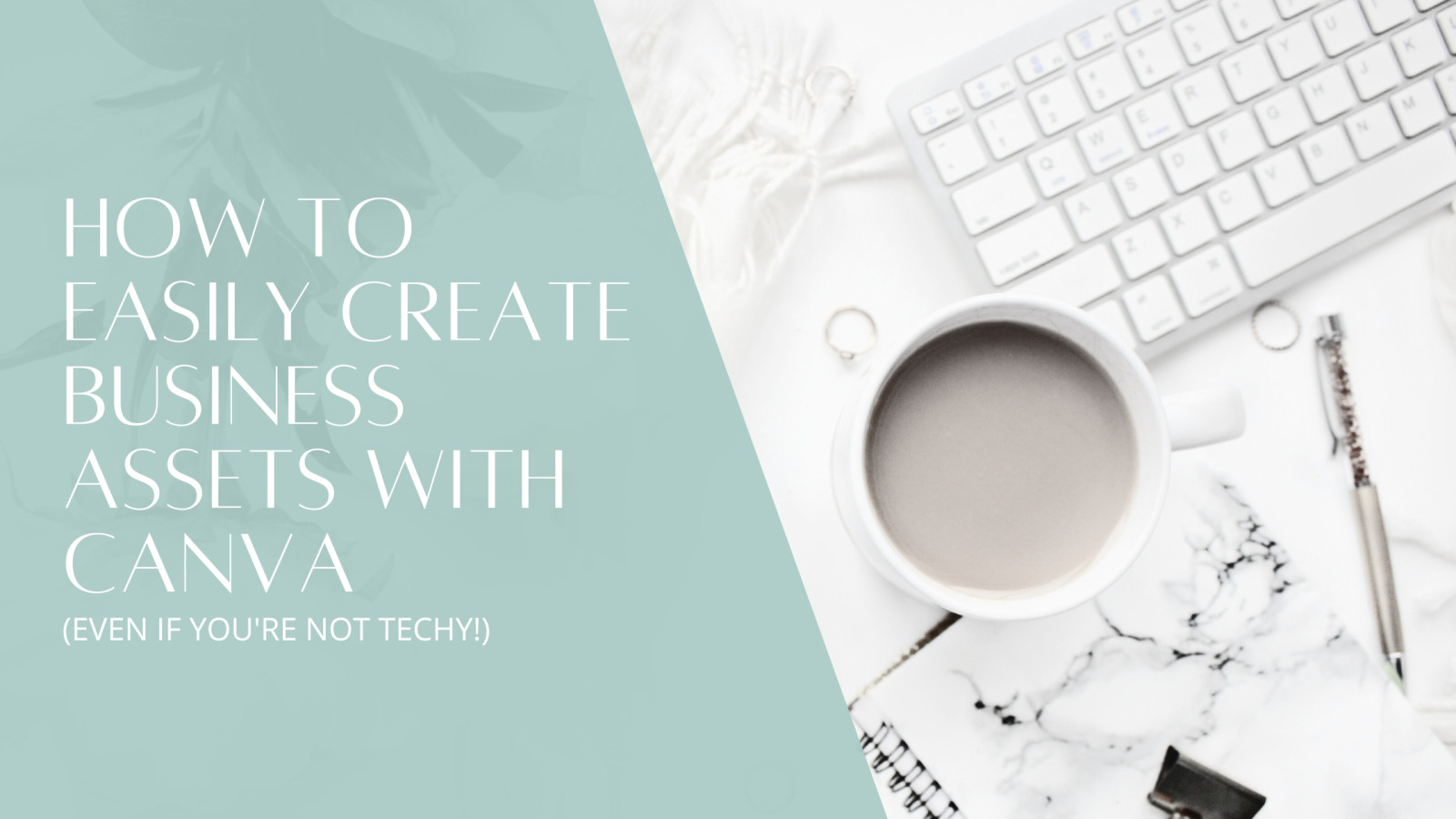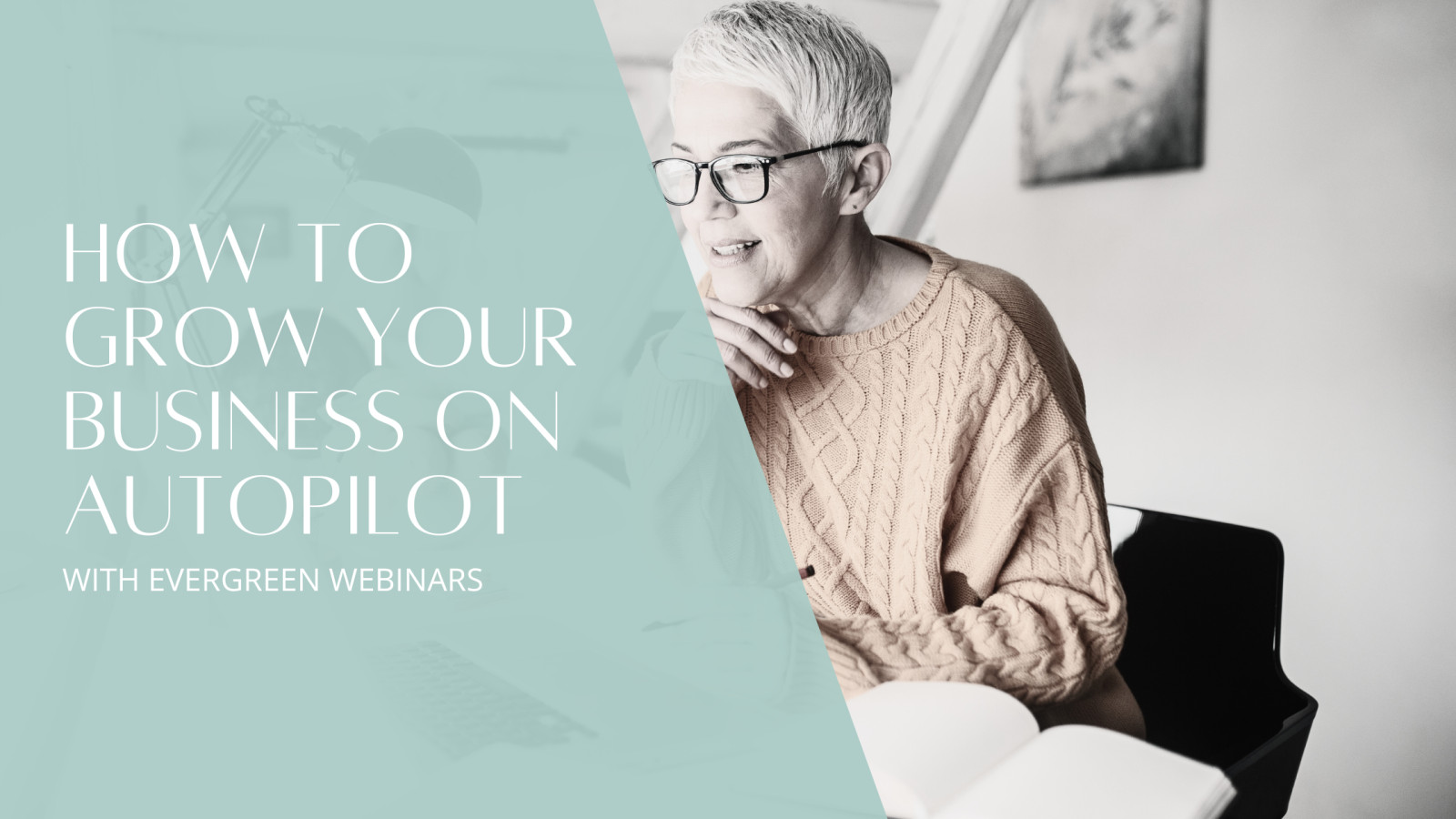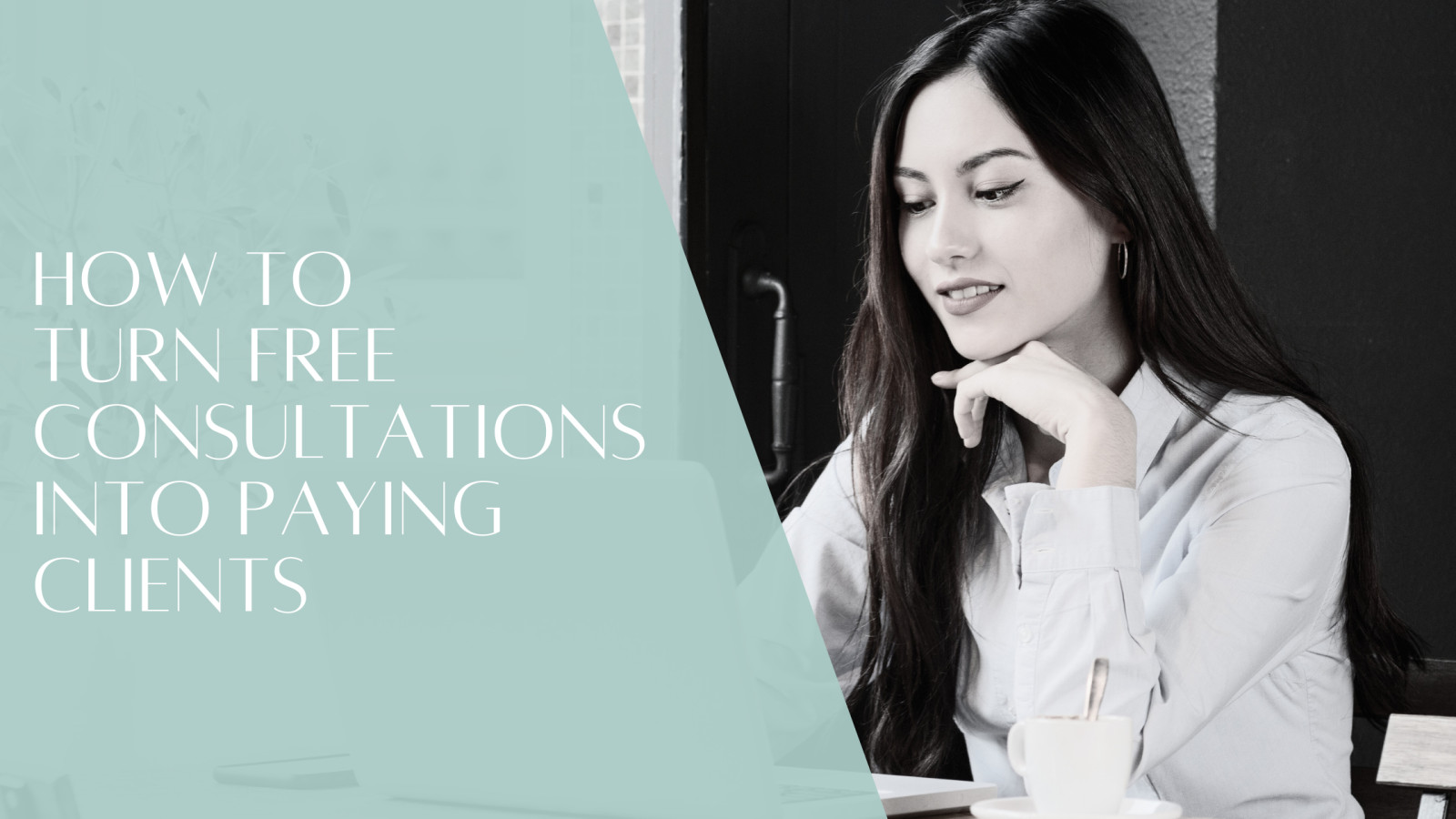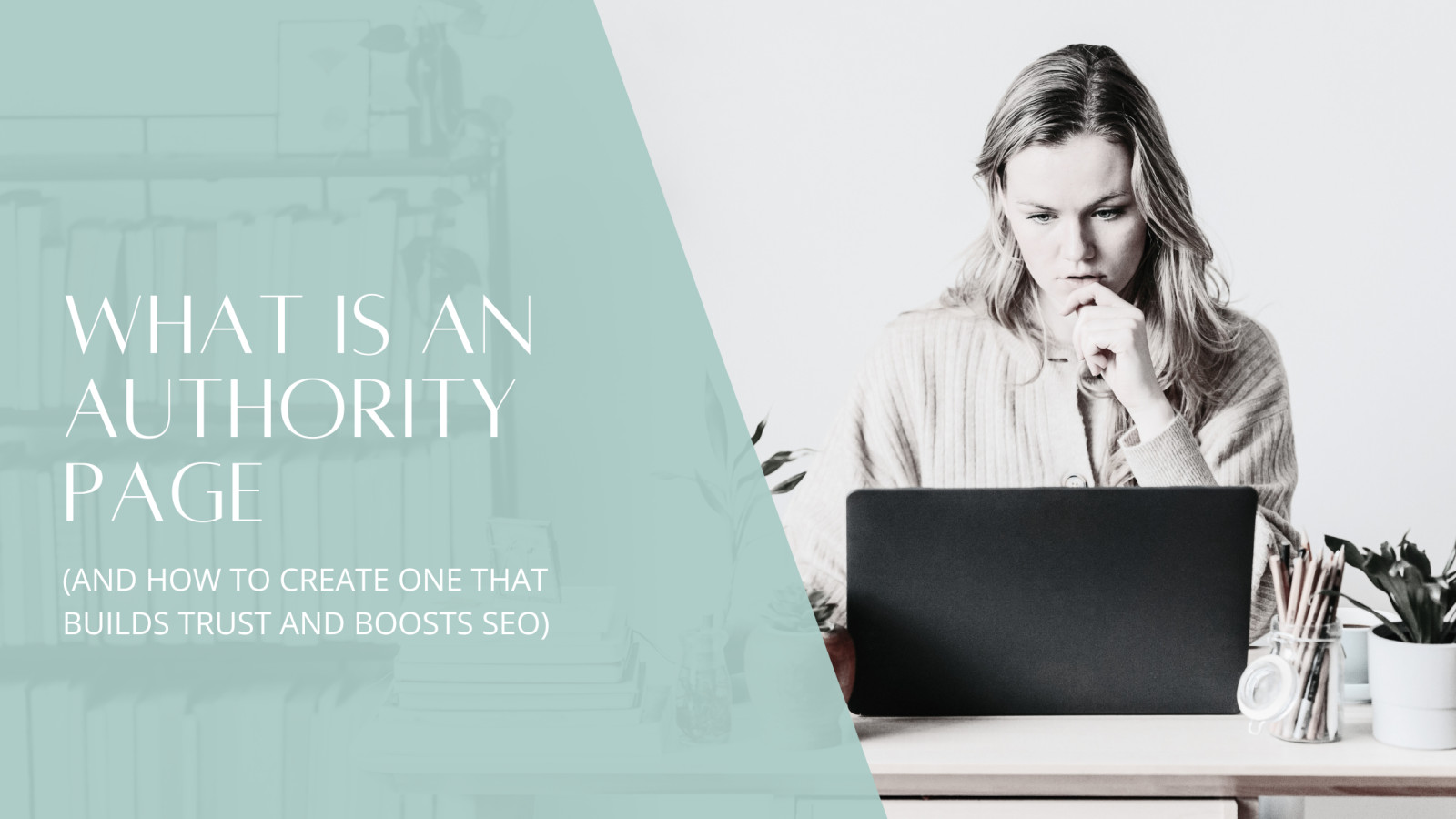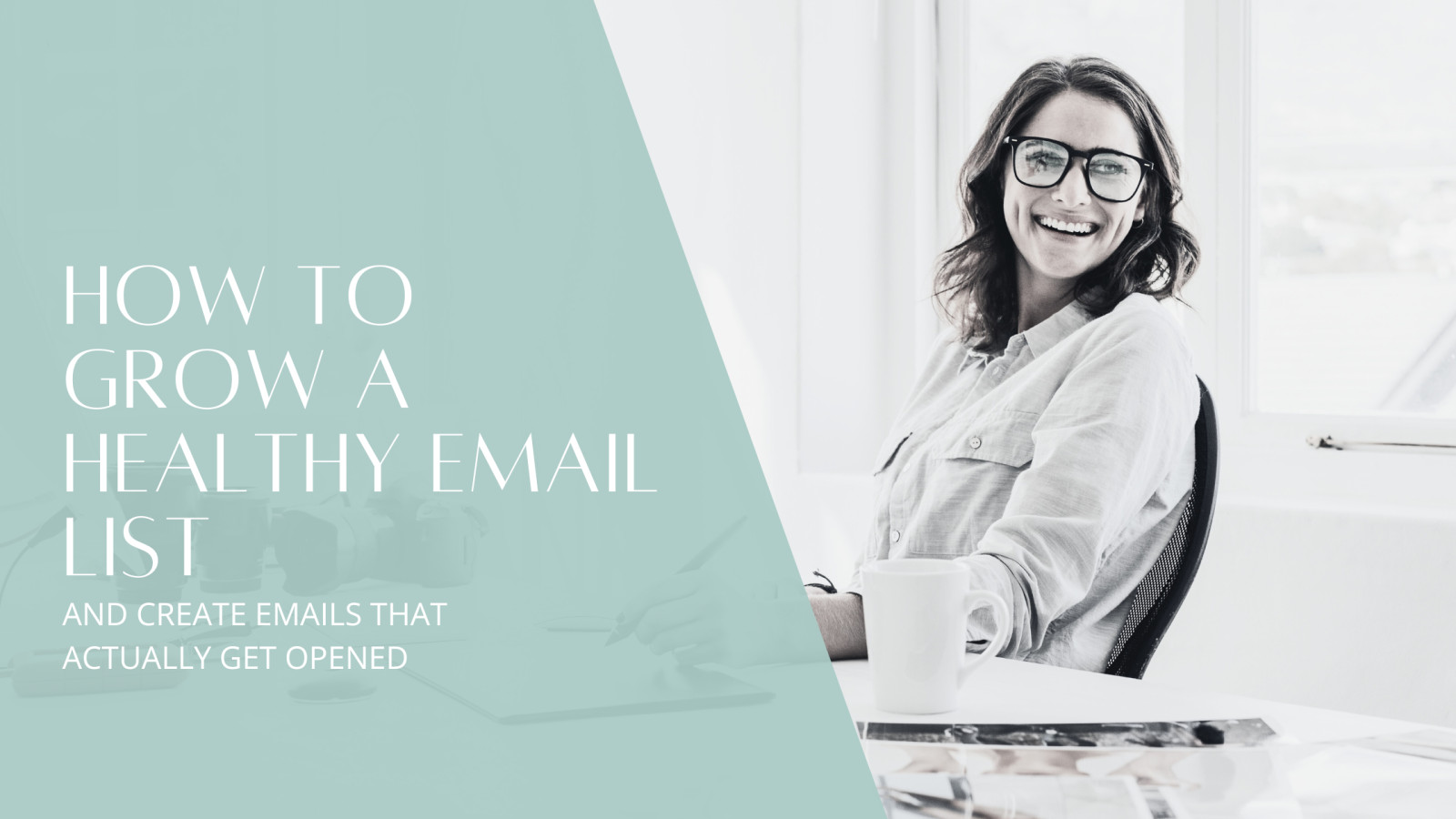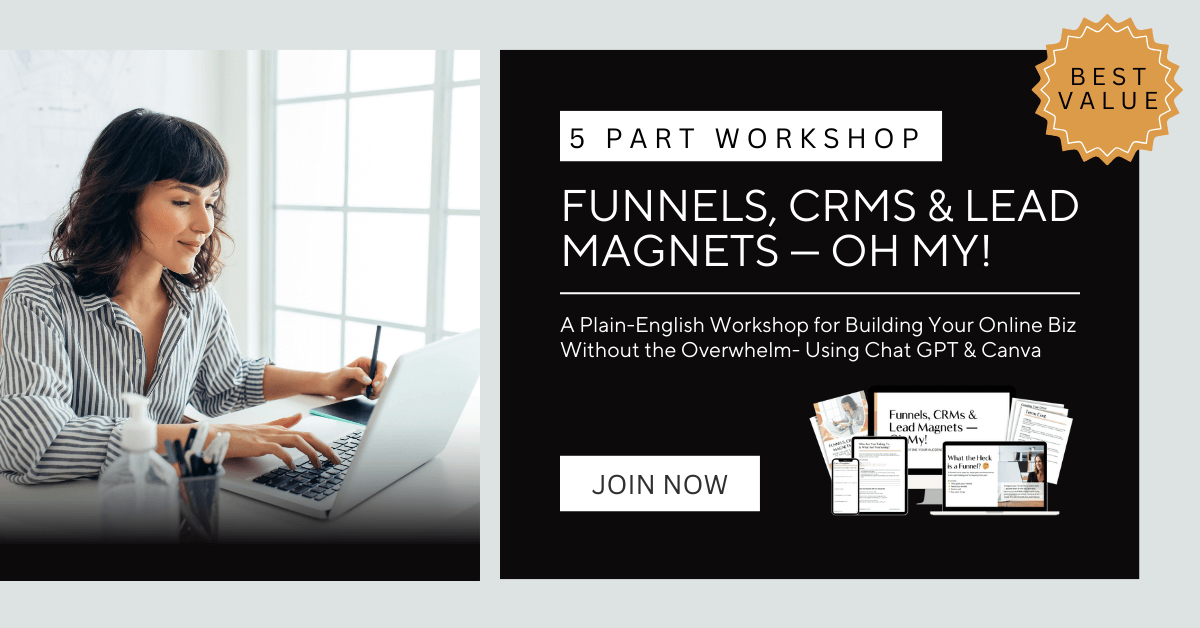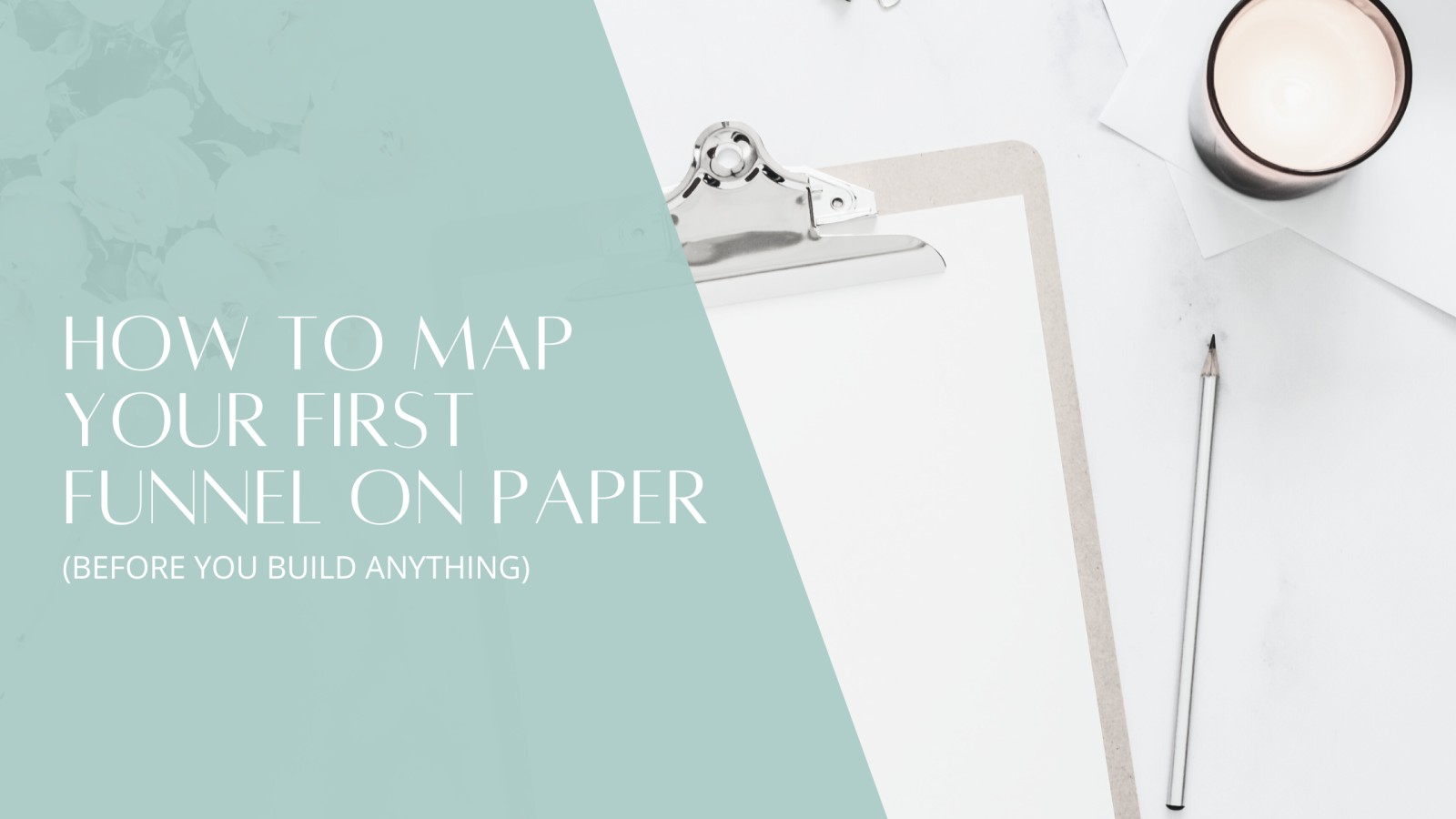
Learn how to map your first marketing funnel on paper—step by step—before building anything online. Perfect for beginner entrepreneurs without tech skills. Includes tips, examples, and a simple workshop to guide you.
Read more...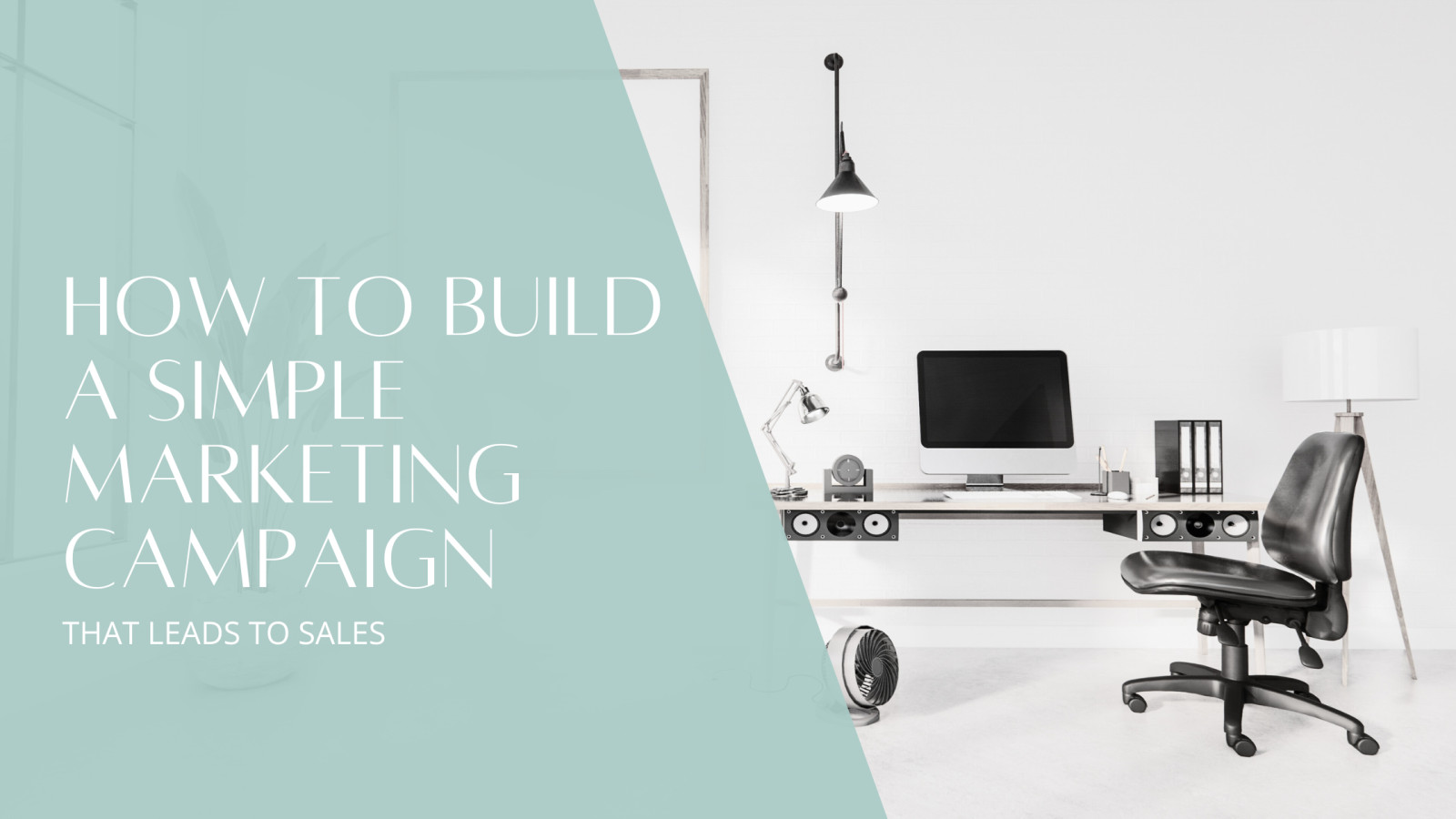
Turning a freebie into paying clients involves crafting a marketing campaign that feels natural and helpful. Start by understanding what a funnel is: a journey from discovery, to receiving value through a free offer, to eventually choosing to purchase. Your campaign should include a step-by-step path, guiding potential clients from awareness to trust, and ultimately to a sale without feeling forced.
A key component is creating a freebie that solves a real problem for your ideal client and ties seamlessly into your paid offer. For instance, if you're a website designer for coaches, a free checklist on website improvements can naturally lead to your web design services. Equally important is a landing page that effectively communicates the freebie’s value, its target audience, and the benefits it offers, prompting visitors to sign up.
Upon signing up, a welcome email series should build trust, share your story, offer tips, and smoothly introduce your paid offer without feeling like a hard sell. Ensure your messaging clearly explains the benefits and next steps associated with your offer, aiding potential clients in understanding its value. Consistently produce content that supports this journey, reinforcing your message across various platforms to build trust and deepen engagement with your audience.
Read more...
To effectively promote a free offering, such as a guide or checklist, it's crucial to communicate its value in a manner that resonates with your target audience. People are drawn to freebies that provide solutions to their problems, offer relief from stress, or furnish shortcuts to their goals. Therefore, instead of simply stating what the freebie is, clarify who it's designed for, what challenges it addresses, and the transformation they can expect, making it clear why the exchange of their email is worthwhile.
Understanding that people are not inherently interested in freebies, it's essential to focus on positioning your offer as a solution. Highlight the specific problems your freebie resolves by painting a vivid picture of the struggles your audience faces, such as confusion or overwhelm. By positioning the free resource as a direct answer to these pain points, you can inspire a strong connection with potential subscribers, making them feel like the resource is tailor-made for their needs.
Effectively promoting your free offer also involves repeatedly showcasing it across various platforms, utilizing different angles to maintain interest. Whether by emphasizing the problem it solves, sharing insights from the content, or including testimonials, frequent and diverse promotion is key. By clearly articulating the benefits and conditions of success, you provide more than just information—you offer clarity, confidence, and relief, thereby fostering a genuine desire for the transformation you are promising.
Read more...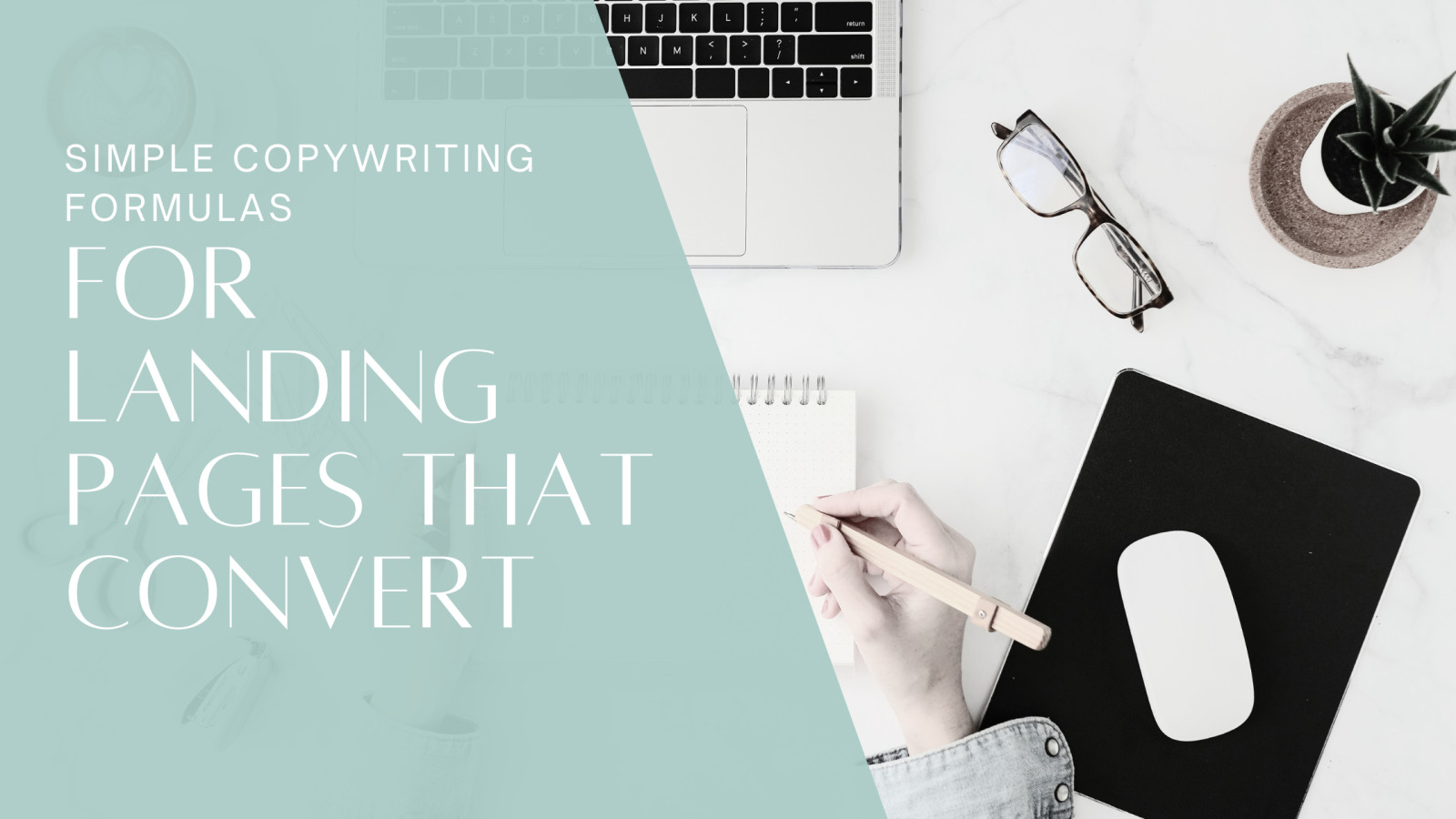
Creating effective landing pages doesn't require being an expert writer or sounding overly sales-focused. The essential elements are a clear message and a structured approach to convey it. This blog post introduces simple yet powerful copywriting formulas for crafting persuasive landing pages that facilitate action, catered for both newcomers and seasoned marketers alike.
Landing pages act like a sign guiding potential customers—clearly defining the offer, its relevance, and the next steps for engagement, similar to a straightforward lemonade stand sign. The article highlights three popular frameworks: PAS (Problem, Agitation, Solution), AIDA (Attention, Interest, Desire, Action), and FAB (Features, Advantages, Benefits), all aimed at structuring your message to resonate with and motivate your audience effectively.
By selecting one of these formulas, adopting a conversational tone, and incorporating direct calls to action, anyone can construct compelling landing pages. These strategies, combined with online tools for ease of building and launching, provide a roadmap for transforming ideas into impactful digital presences without the necessity of mastering technical skills. Emphasizing clarity and customer connection, the post reassures that with these foundational tips, creating a successful landing page is within reach.
Read more...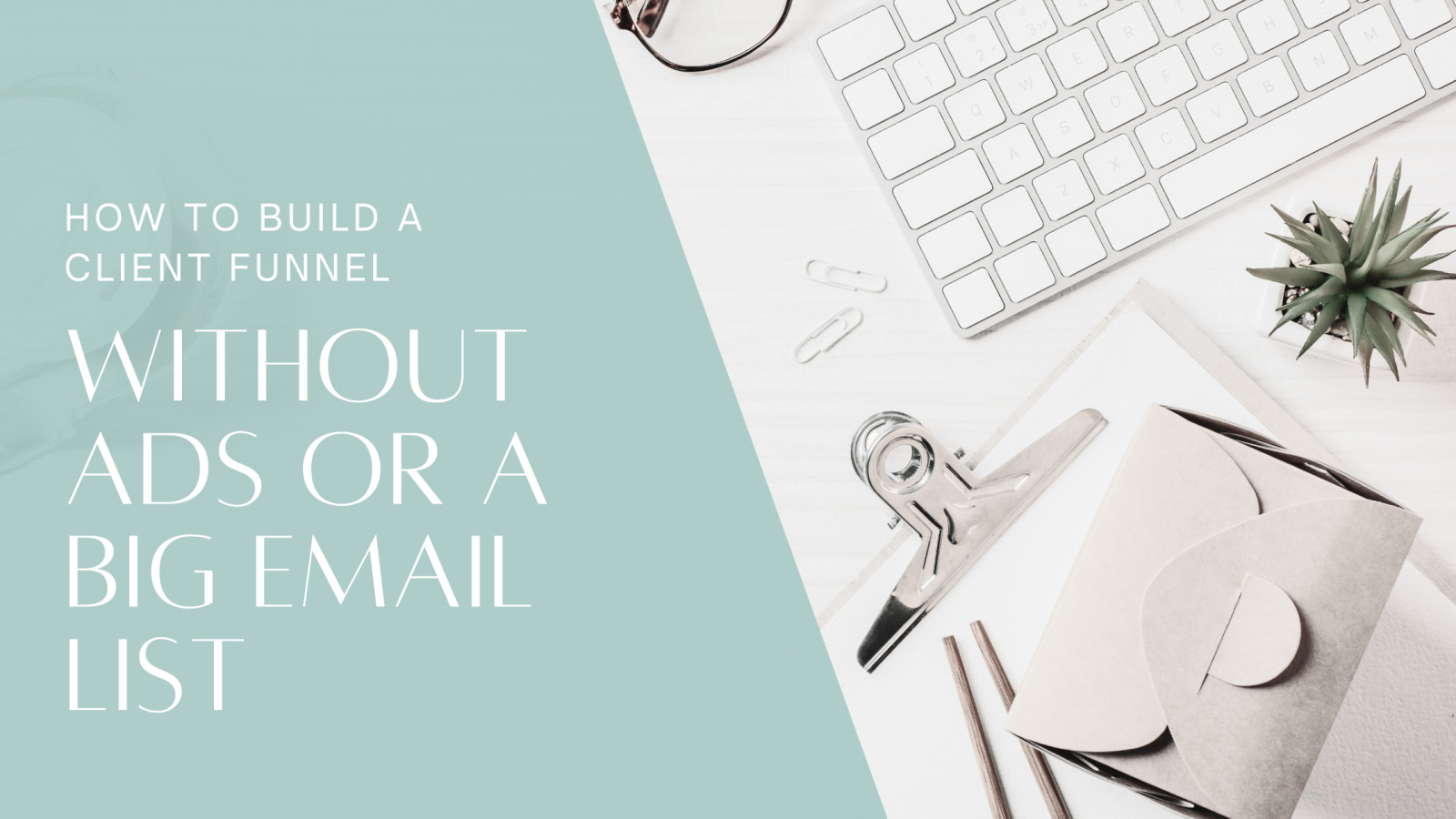
Creating an effective client-getting funnel doesn't have to be complex or require a large ad budget. This blog post outlines how to construct a straightforward funnel without needing a big audience or spending on ads. It emphasizes the importance of establishing a step-by-step path that guides potential customers from first discovery to becoming paying clients by building trust through consistent, valuable interactions.
The process kicks off with creating an enticing freebie, like a guide or checklist, that addresses a specific problem your target audience faces. Once someone downloads your freebie, it's crucial to engage them with a series of value-packed emails that tell your story, demonstrate understanding of their struggles, and introduce your paid offers. Consistency and visibility are key—you should share your freebie across multiple platforms, like social media and email signatures, to draw people into your funnel.
Finally, ensure that you have a clear, enticing offer for when they're ready to take the next step, whether it's a free call, a mini-course, or a program. By tracking what works and making adjustments, you can refine your funnel over time. Remember, the size of your audience doesn't define your success; caring, consistency, and a simple, effective system are what truly drive results.
Read more...